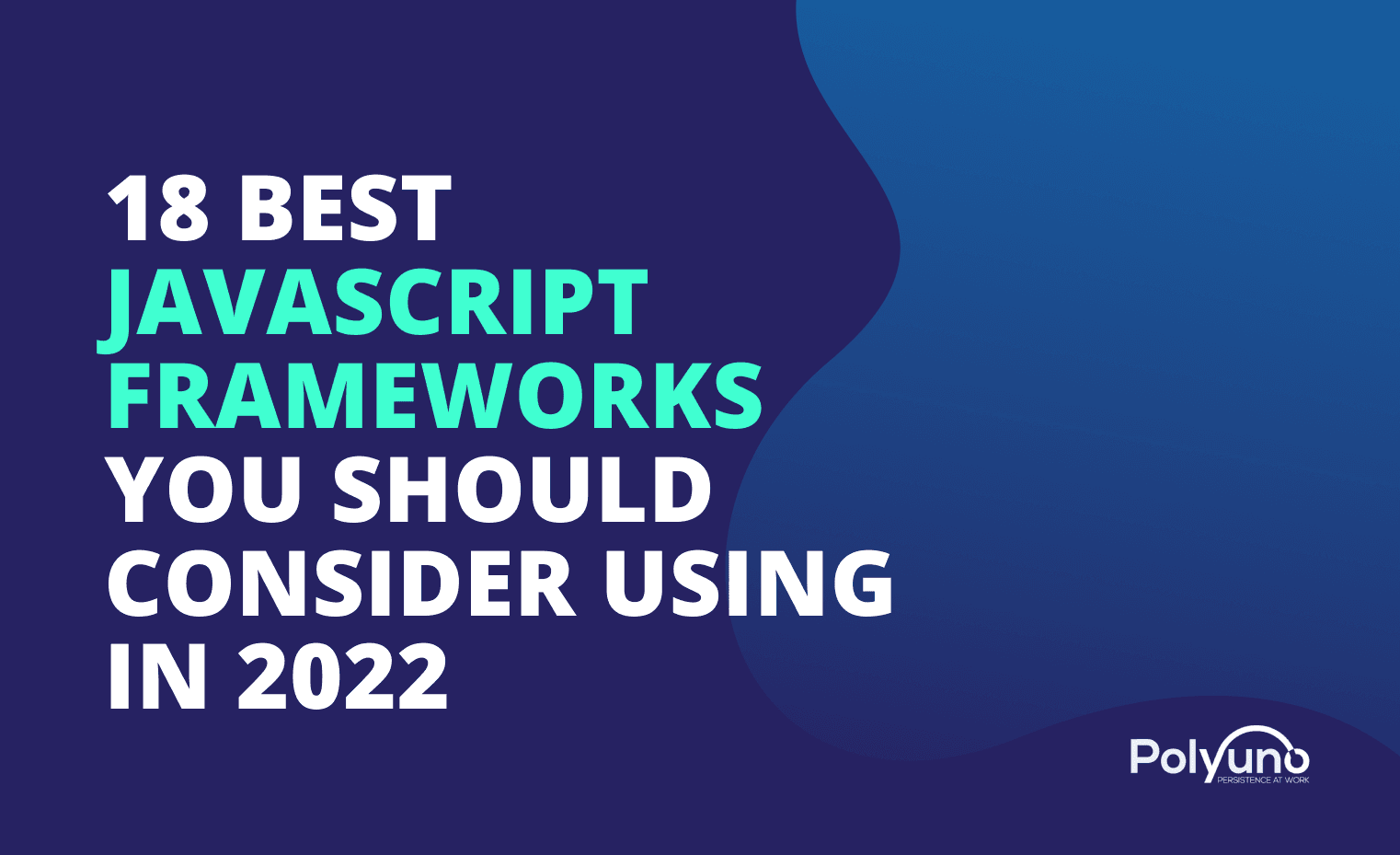
JavaScript preserves programming idioms that are event-driven, linear, object-focused, and prototype-focused while being a multi-paradigm programming language. Although it was first used, it is now also used as a server-side programming language. JavaScript is now the internet's primary language as a result.
It is important to note that there are other languages on the internet besides JavaScript. Nonetheless, it is quite common, which prompted the development of well-known JavaScript frameworks.

However, there are a ton of eligible JavaScript frameworks you could employ for your projects. If you don’t know which ones best suit your needs - you've come to the right place. In this article, we will discuss the following –
A JavaScript framework is a group of JavaScript libraries that offer pre-coded JavaScript code to web developers for common programming activities. Web applications can be created using frameworks, which are designs with a specific context.
You don’t require JavaScript frameworks to create reliable web applications. But they will offer you a template for handling common programming trends. A programmer does not have to start from scratch with every component every time they create an application. Instead, they can alternately expand on an already-existing feature set.
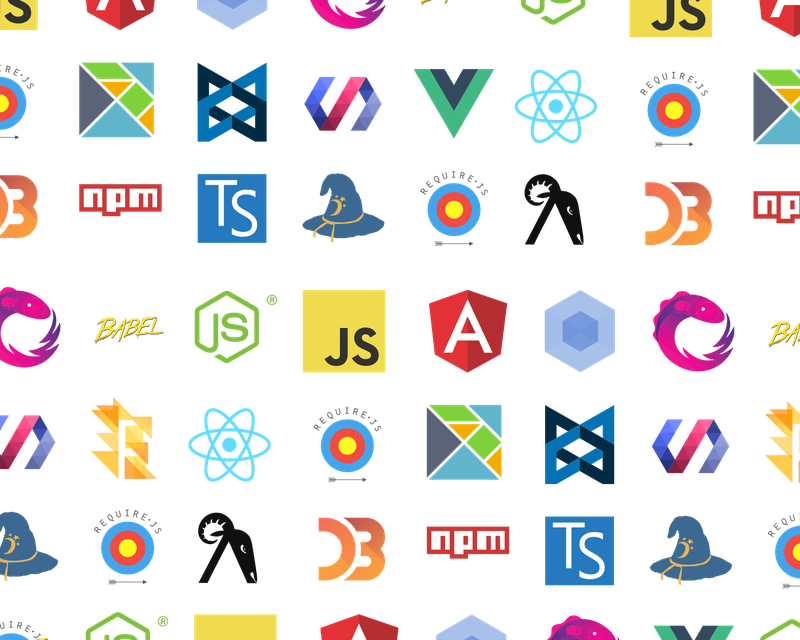
Much like most other frameworks, JavaScript frameworks include some rules and recommendations. Any developer might create complicated apps more quickly and effectively using these principles and standards than they could if they were to start from zero. These standards also shape and organize your website or online application.
To carry out useful operations on a website or JS-based application, JavaScript libraries include a variety of functions, procedures, or properties. With these, you can even create a WordPress website.
Developers can recycle and adapt codes or methods from a JavaScript library. Instead of building these codes from the start, developers employ these previously written codes to carry out specific tasks, such as creating slide shows. They save a lot of time and work this way. They streamline the overall process while also helping you better allocate your time.
Javascript libraries are collections of pre-written code fragments that can be used to carry out specific tasks. There is a high demand for these. Contrarily, JavaScript frameworks are complete toolkits that specify how a developer might put up a program or website. You can utilize libraries can to stylize and add additional elements to a produced application or website.
You can perform every function using standard JavaScript. But why go through all that trouble again when the hard work has already been done? This underlines the fundamental advantage of utilizing a JavaScript framework - increased capability without the need for you to write new code.
Here’s the list of javascript frameworks that you might consider:
Although several web frameworks are available, Angular is the best option for creating effective and sophisticated single-page applications. It is a TypeScript-based programming platform made by Google.

You may create scalable web apps with Angular using a component-based framework, tools for writing, building, testing, and modifying code, and a number of tightly linked libraries.
Facebook developed React.js, an effective and adaptable JavaScript toolkit for creating user interfaces. React is essentially a JavaScript library, although it's frequently referred to as a web framework and contrasted with other free JavaScript frameworks.
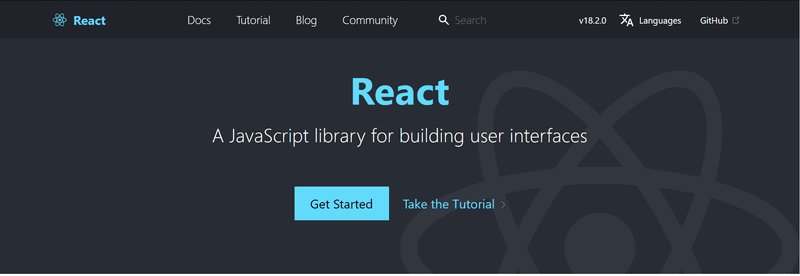
Due to its deterministic and simple-to-debug JavaScript code, React makes it simple to develop interactive user interfaces. Additionally, it has a REACT component system, which enables JavaScript code modules to be created once and subsequently used in other apps or even separate applications.
Vue was founded in 2014, and Google was involved in its development. The explanation is that Evan You, a former Google employee, developed the Vue framework. The best features of the Angular and React frameworks are combined in Vue.
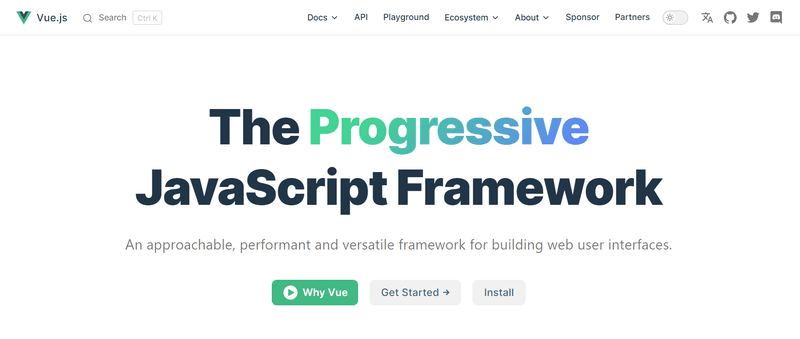
The Vue.js framework is an accessible, adaptive frontend framework that utilizes the model-view framework to create user interfaces. Vue.js is the greatest substitute to Angular and React for building SPAs and designing user interfaces. One of the best frameworks for creating online apps, this one includes components from Angular (View Layer) and React.js (Virtual DOM). Vue is another framework for creating desktop and mobile applications, similar to Electron.
Node is a server-side JavaScript run-time framework. It is open-source, unrestricted, and cross-platform compatible. Node has outstanding performance and is simple to learn. Node's code maintenance may be challenging, nevertheless. There are a number of unproven or subpar tools as well. Despite this, you can use node in a back-end runtime framework that doesn't require a web browser to execute JS.
Created on the basis of Node.js is the open-source NextJS framework. You can utilize React to create lightning-fast static web applications and server-side rendering. The enhanced user experience, the improved performance, and the fast feature development are some of NextJS's primary advantages. This framework has quickly gained popularity, which indicates that the community is quite supportive of it. You are more likely to locate existing systems from other developers than to start from scratch when fixing an issue.
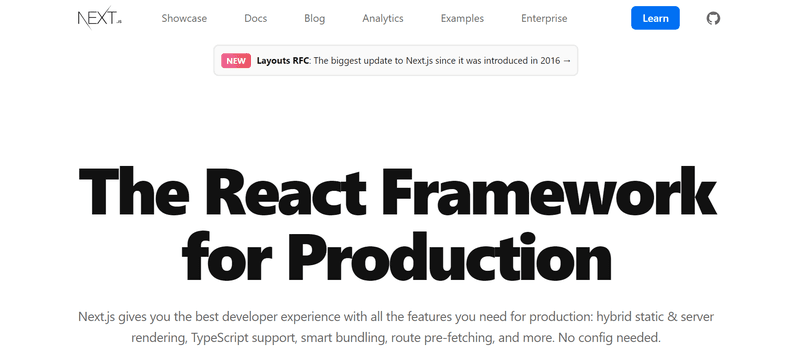
Themes or plugins made specifically for other platforms won't restrict you. Developers value reusable React components because they can shorten development cycles and lower costs.
Ember supports two-way data binding. This is what distinguishes it as a reliable platform for dealing with difficult user interfaces.
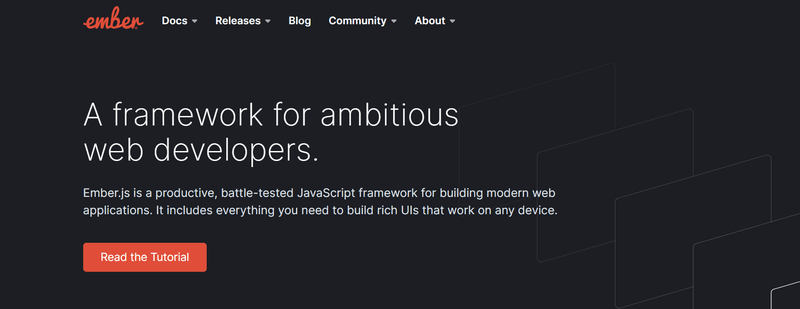
The development methodology for Ember is based on HTML and CSS, which reduces the learning curve. The Handlebars scripting engine serves as the foundation for the framework's component-based design. Utilizing Handlebars has the benefit of automating template updates as pertinent data changes. Its user-friendly API also provides the Ember Inspector tool for debugging and extra add-ons.
The Ember framework has the benefit of prioritizing out-of-the-box capabilities focused on convention over configuration. This decreases the number of considerations the developer must make, lowering the possibility of errors, but customization suffers as a result.
A framework for creating web apps on the .Net platform is called ASP.NET Core. ASP.NET Core, an accessible variant of ASP.NET, is compatible with Linux, macOS, and Windows. While offering a widely accessible and robust foundation to run the apps, the platform has been built to enable APIs, runtime elements, compilers, and languages to grow quickly. Additionally, ASP.NET Core offers a wide range of lifecycle support features to accommodate the demands of apps.
Although being challenging to understand, the Aurelia framework is useful for creating stronger websites. The literature for Aurelia is vast, and the syntax is quite understandable.
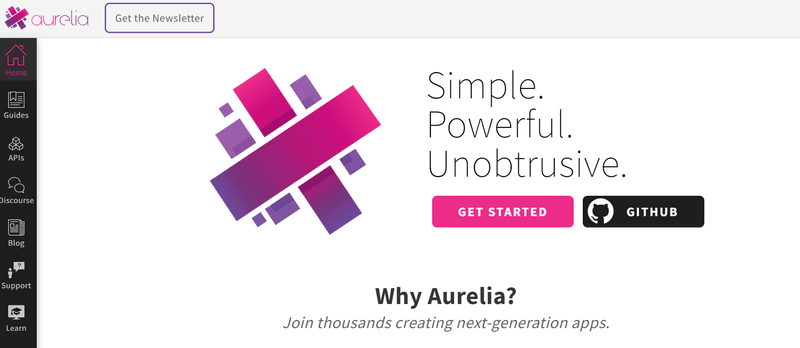
Aurelia is the ideal modern front-end framework because it is open-source and free. Cross-platform application development is made feasible with its assistance.
Another open-source and free web framework was created by Rich Harris, the original author, and the Svelte core team. The process of creating js applications is becoming easier. Thus, it is possible to create quick and static web applications.
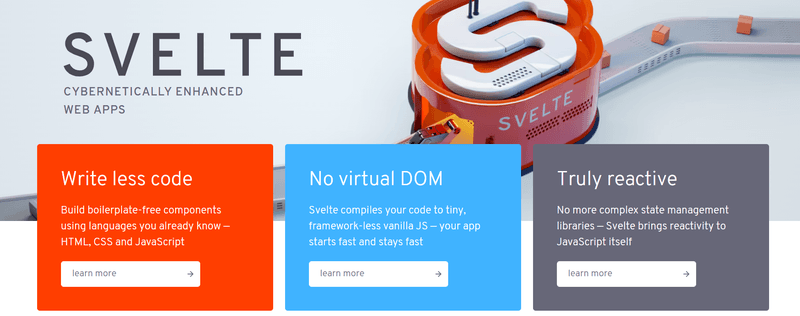
The best compiler for building web UI components is svelte. Without using a DOM, it also works directly on the code. Additionally, Svelte requires less code. This is a huge time saver for developers who use that time to write code.
Backbone is a free and open-source framework developed by Jeremy Ashkenas. Its key benefits include being lightweight, quick, adaptable, and simple to integrate. Debugging is one issue that can happen. Backbone has some strong opinions as well.
Backbone will undoubtedly come up when searching for JS libraries because it is so simple to grasp. With their support, you can create single-page applications. The ideal way to utilize Backbone is as a JavaScript library to organize web applications.
Flash is a compact Python framework for creating Web Server Gateway Interface (WSGI). Flask is the micro-framework credited to its lack of resources and utilities. No form validation, database abstraction layer, or other parts that require external libraries to access them are included in Flask.
Django is an open-source & free Python-based framework. Its capacity for thoroughly planned & scalable web applications is credited with the development's success. A model-template-views architectural strategy works here. Rapid growth and useful design are both achievable with Django.
This framework performs effectively for news websites and web apps for social networking because various clients have distinct needs.
Laravel is an open-source, cost-free web framework built on PHP. It is a tool for building web apps and has a rich and attractive syntax. Some of the frequent application development chores made simpler by Laravel include routing, sessions, verification, and storing. Utilizing Laravel, you can easily maintain web applications without sacrificing functionality. These applications can scale and function well because of their advanced features and accessibility.
Laravel offers a multitude of effective features to simplify application development, in addition to its strong transition systems, management containers, and support for unit testing.
Ruby On Rails is a framework for creating web applications in Ruby. As Rails is an independent software framework, there isn't a single ideal way to carry out a task that it gives you. Don't reuse the code and don't rehash the code are the two key places where the convention is emphasized above configuration.
The Symfony PHP framework includes reusable frameworks and components for APIs, online programs, web services, and microservices. The core of Symfony is MVC. On Github, Symfony has 26k stars. Due to its interoperability, resources, and durability, Symfony has established itself as a prominent framework for PHP developers in recent years. Some well-known companies, such as Spotify, and Swiss Open Government Data, use Symfony.
Gatsby is a React-based open-source framework. It allows users to build web pages and applications. It gives the frontend development team the resources and know-how required to build engaging web experiences.
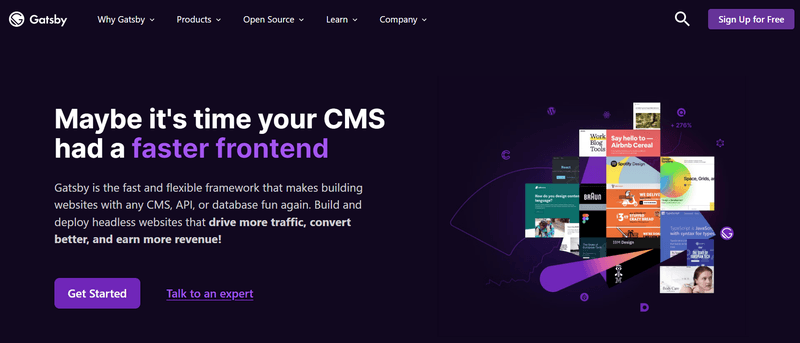
Gatsby makes it easier to enhance an online application's functionality, privacy, availability, SEO, and integrations. One of its best characteristics is that Gatsby enhances the user experience with its potent capabilities. Companies like Stack, Snapchat, and Tinder all use Gatsby.
Mithril is a compact and simple JavaScript MVC framework. It can brag of stellar performance, whereas other frameworks offer developers additional functionality. Sadly, Mithril is a client-side JavaScript framework that is not frequently used. It is still appropriate for developing single-page applications.
Meteor Software developed this JavaScript framework and was given a matching name. It functions best as a rotationally symmetric framework for quick prototyping and writing cross-platform applications.

It is simple to learn and offers developers a number of benefits. Meteor is also another one of the available open-source and free frameworks.
Frameworks come in handy for streamlining web development. Employing JavaScript frameworks, developing an application becomes faster & simpler. They provide tools, resources, and libraries to programmers so they may make better digital experiences.
All of these frameworks have their own advantages and disadvantages. Depending upon the intricacies or sophistication of the application you want to construct, you can select your optimal fit rather than selecting the first choice on the list. The tools and libraries that web frameworks include make it easier to test and debug code as well as provide recyclability, standard programming methods, and other benefits.
If you require assistance with utilizing the framework of your choice, contact PolyUno. PolyUno is a full-stack agency that can offer solutions regarding software development, UI/UX design, SEO, Web development, and many more. It will help you to transform your digital journey effortlessly.